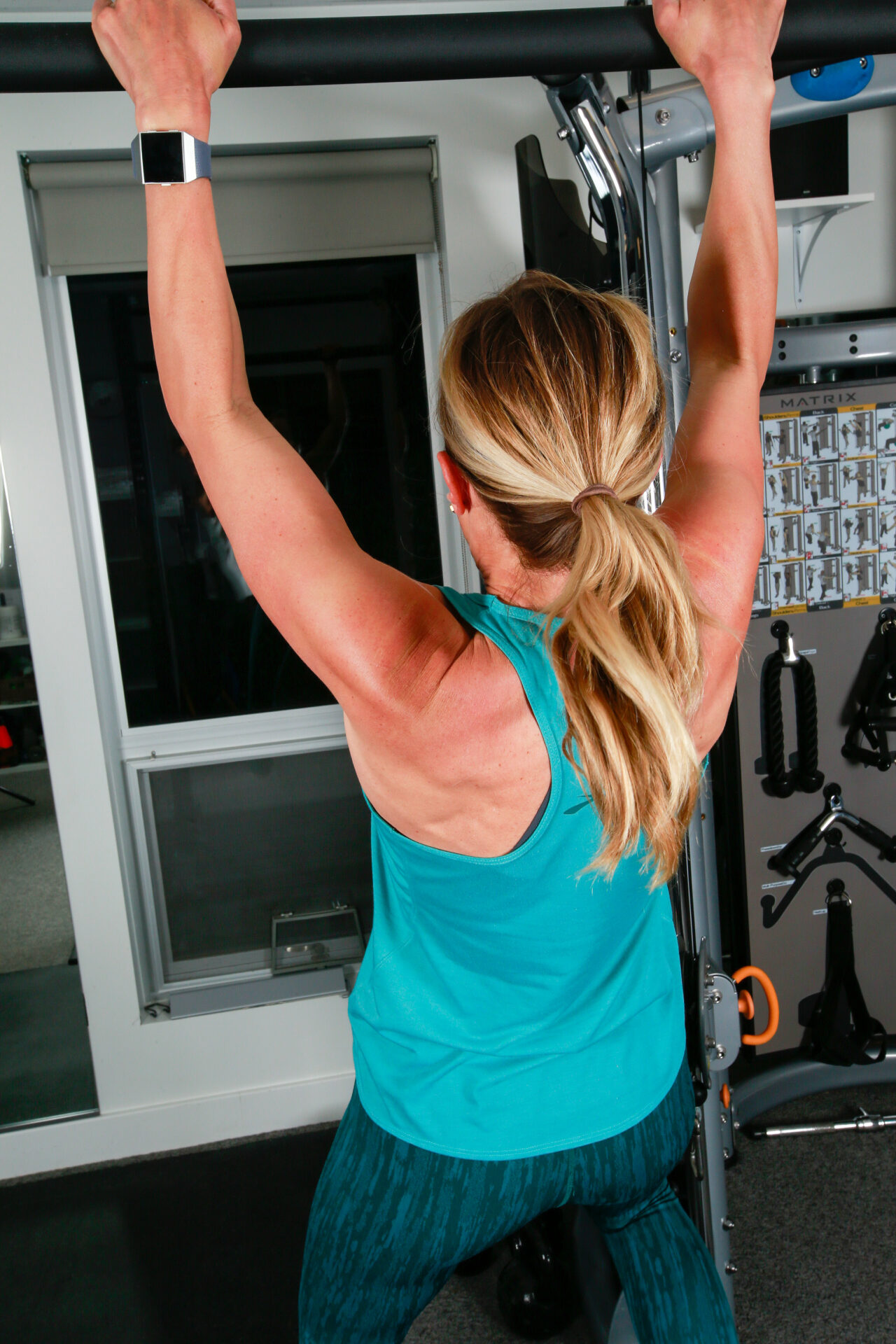In the world of fitness and health, one often-overlooked measure of vitality is grip strength. While it might not seem like the most glamorous indicator, research shows that grip strength is a powerful predictor of overall health, particularly cardiovascular health and frailty. This is especially significant for women, including postpartum moms and those managing conditions like osteoporosis.
The Science Behind Grip Strength
A meta-analysis study by Dodds et al. (2014) revealed that grip strength is not just about how much you can hold onto — it’s a window into your overall well-being. The study analyzed data from 12 large British studies involving over 49,000 participants. Grip strength was measured using a hand dynamometer, and the data were stratified by age, sex, and other demographic factors to establish normative values.
The results showed that grip strength peaks in early adulthood and declines progressively with age, with a sharper decline in older adults. Lower grip strength was strongly associated with higher risks of cardiovascular disease, decreased mobility, and even increased mortality. For women, particularly as they age or navigate life changes like pregnancy and menopause, this is an important health marker to consider.
Weight Training: Breaking the Stigma
Many women, particularly postpartum moms or those with osteoporosis, are hesitant to incorporate weight training into their routines. Concerns about bulking up, aggravating existing conditions, or simply not knowing where to start can feel overwhelming. However, weight training is one of the most effective ways to improve grip strength and overall health.
For postpartum women, strengthening the body is not just about “getting back into shape.” It’s about reclaiming strength, energy, and confidence. Similarly, for women managing osteoporosis, building muscle through safe, guided weight training can help improve bone density and reduce the risk of fractures.
Pelvic Floor Training and Strength
As a physical therapist specializing in pelvic health, I’ve seen firsthand how integrating pelvic floor training with weightlifting can create a holistic approach to strength and recovery. For postpartum moms, the pelvic floor endures significant strain during pregnancy and childbirth. Strengthening it through targeted exercises can improve not just grip strength but also overall stability, core function, and even cardiovascular fitness.
For women with osteoporosis, pelvic floor exercises paired with weight-bearing activities can enhance posture, balance, and functional strength. This reduces the likelihood of falls and injuries while promoting overall confidence in daily movements.
Practical Tips to Get Started
- Incorporate Functional Movements: Exercises like deadlifts, farmer’s carries, and pull-
ups are excellent for improving grip strength while engaging multiple muscle groups.
- Don’t Forget the Pelvic Floor: Include exercises like diaphragmatic breathing, Kegels, and pelvic tilts in your routine to complement strength training.
- Explore MPowered Training: At Mend Physical Therapy, we offer MPowered Training services that incorporate principles from the Liftmor protocol. This evidence-based approach is particularly effective for improving bone density and strength. Working with someone knowledgeable in pelvic floor health can significantly enhance your training experience, ensuring safety and maximizing results.
- Seek Professional Guidance: A trained professional, like a physical therapist specializing in pelvic health and orthopedics, can help tailor a program to your needs, ensuring safety and effectiveness. Even conditions like urinary incontinence, pelvic pain, or urgency are not normal and can be addressed. I offer manual therapy, corrective exercises, dry needling, and more, including both internal and external pelvic exams. With this comprehensive approach, you can enhance your lifting experience and build strength with confidence.
A Stronger Future Awaits
Improving grip strength isn’t just about a stronger handshake — it’s about building resilience, confidence, and health. For women, embracing weight training and integrating pelvic floor exercises into your routine can pave the way for a healthier, more empowered future.
Whether you’re a new mom looking to regain strength, a woman managing osteoporosis, or someone simply looking to improve overall health and enhance your lifting experience, it’s never too late to start. Let’s redefine what strength looks like — one grip at a time.
Ready To Begin?
At Mend Physical Therapy, we specialize in guiding women on their journey to strength and health. With expertise in pelvic floor therapy and functional training, we’re here to support you every step of the way. Reach out to schedule a consultation, and let’s take the first step together.
References
Dodds RM, Syddall HE, Cooper R, et al. Grip strength across the life course: normative data from twelve British studies. PLoS One. 2014;9(12):e113637. doi:10.1371/journal.pone.0113637

